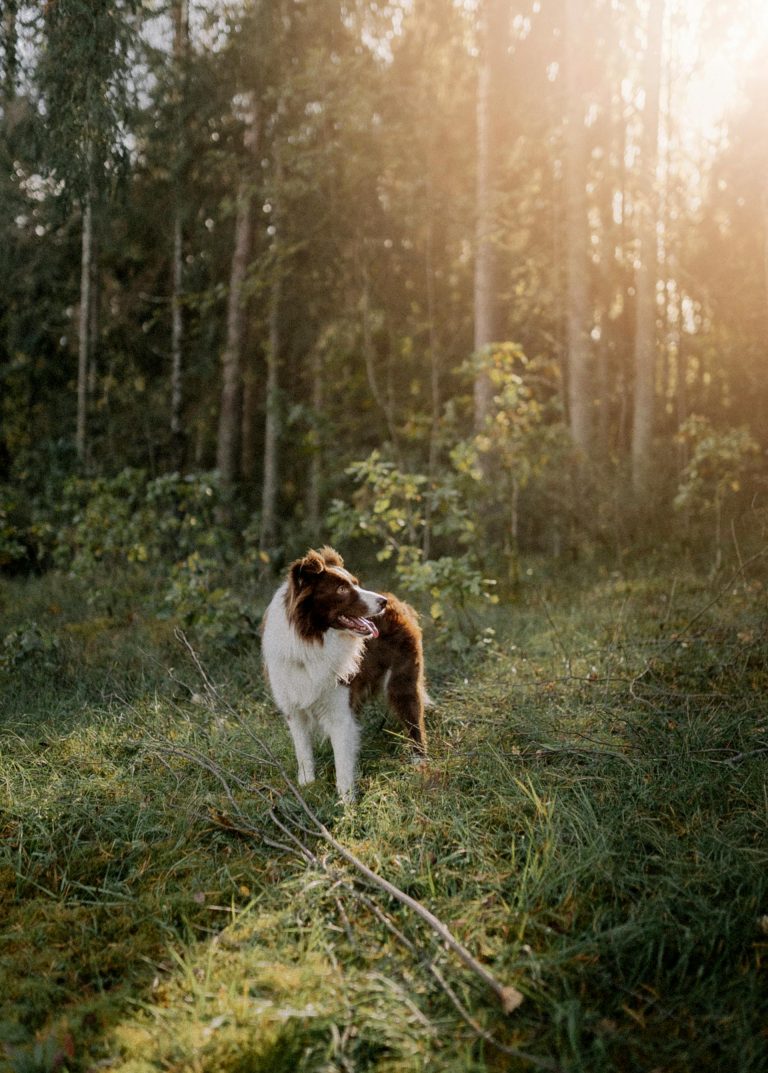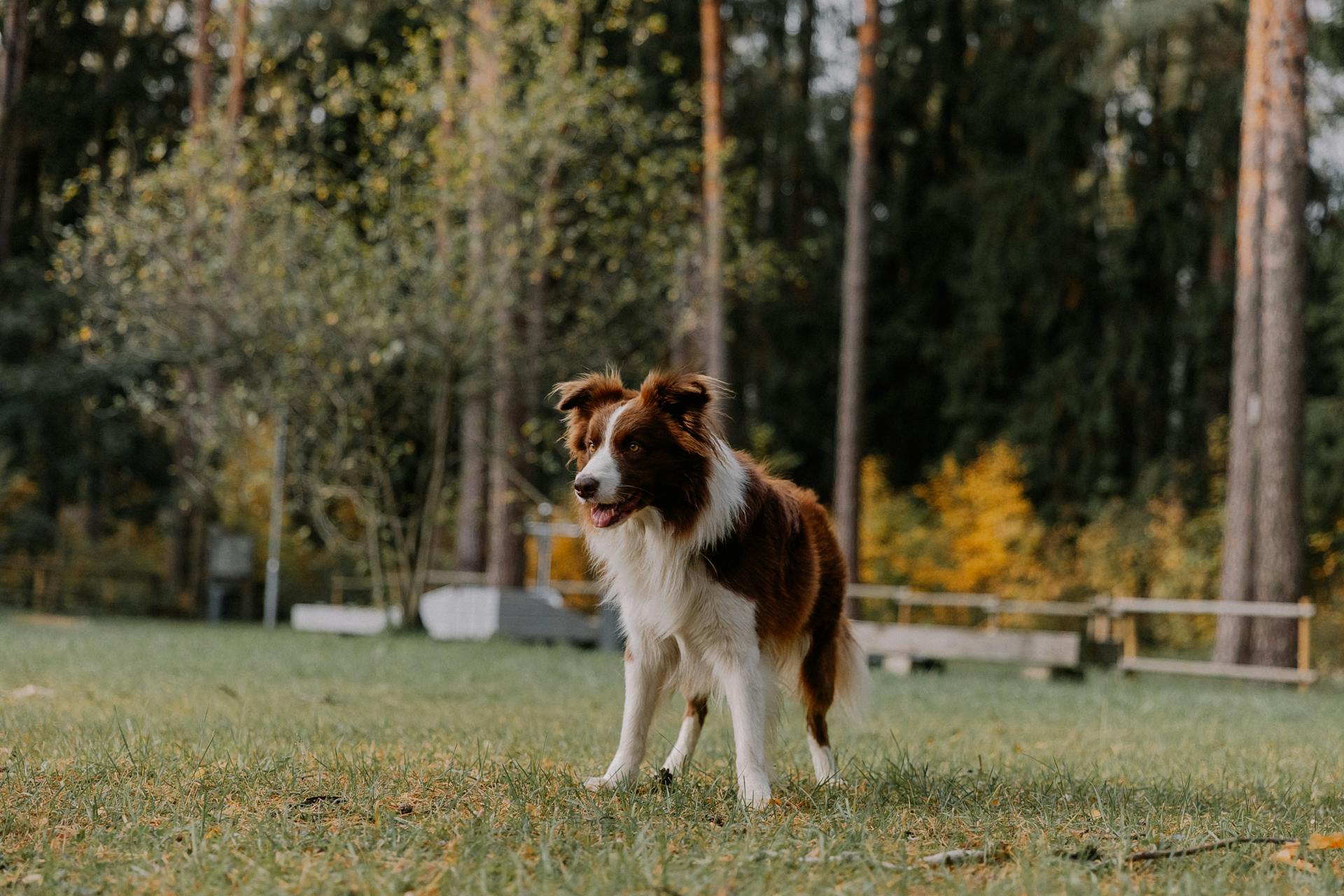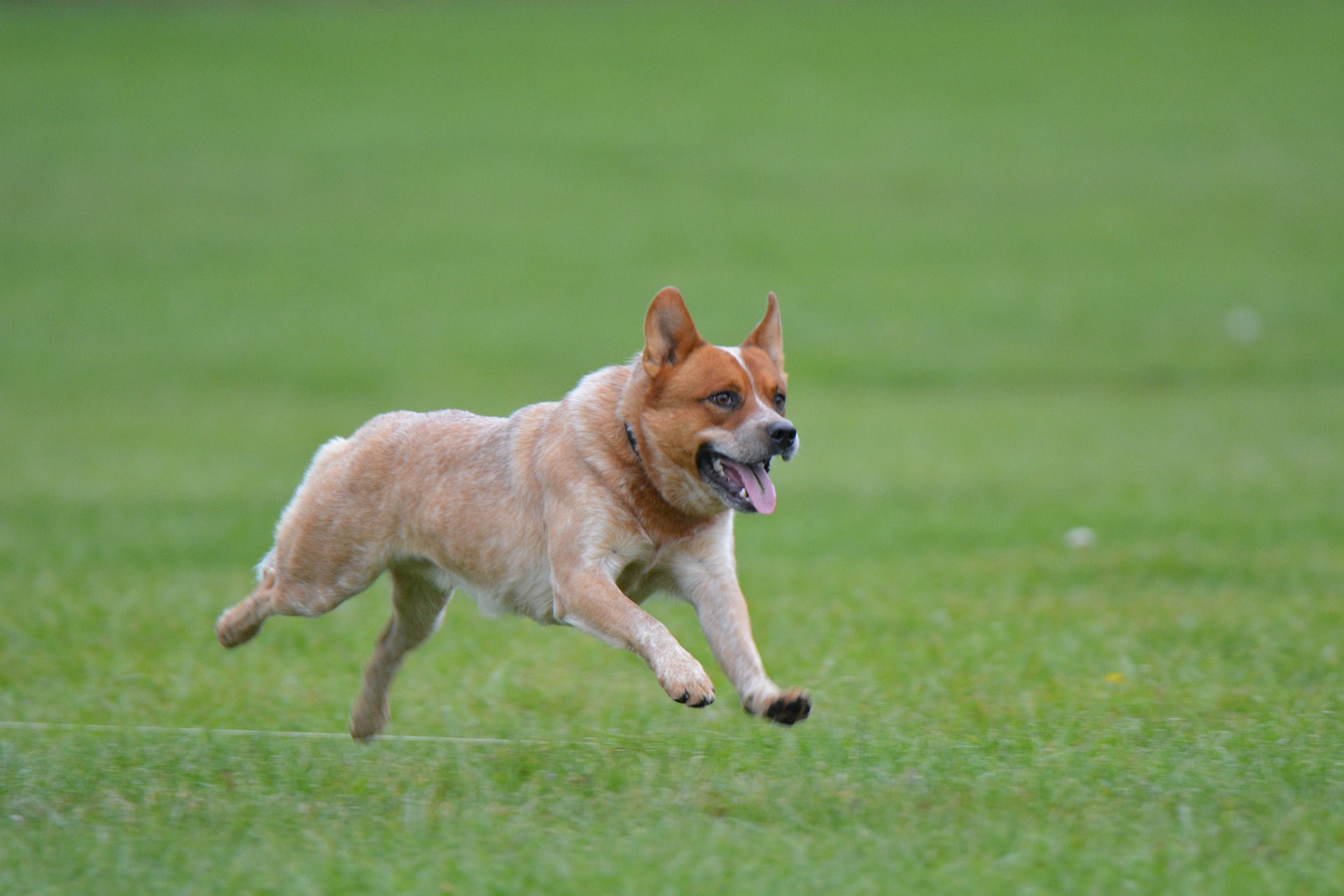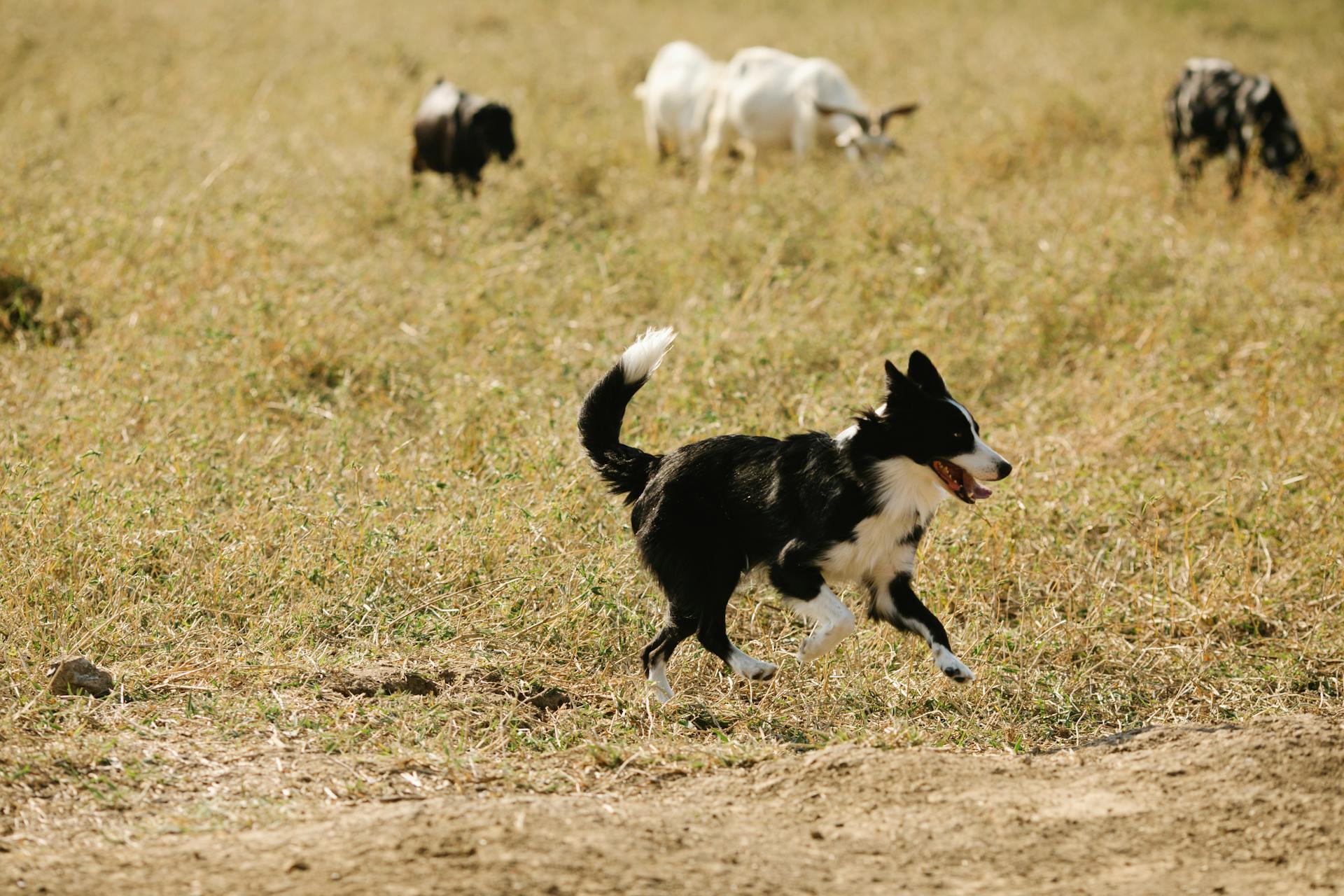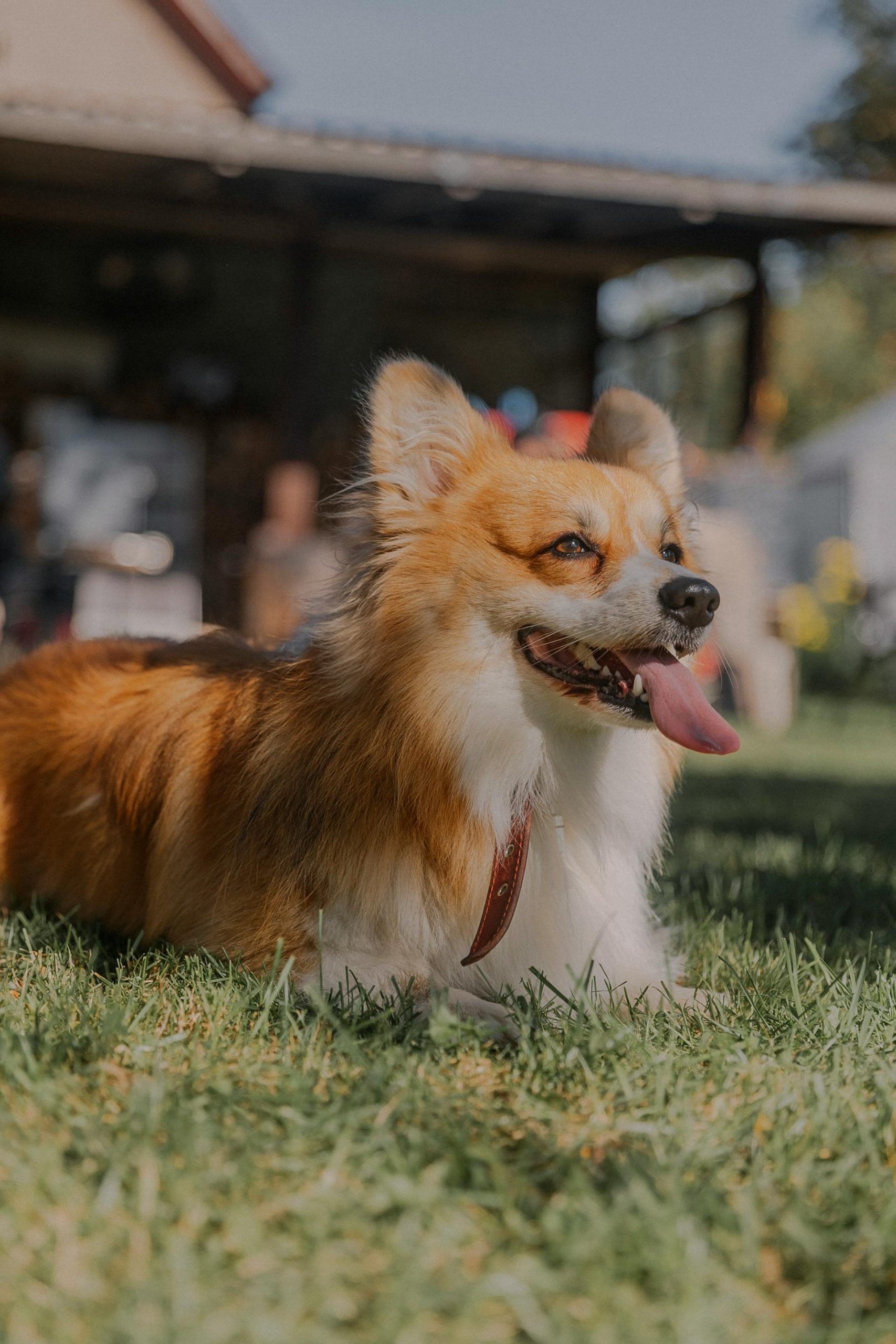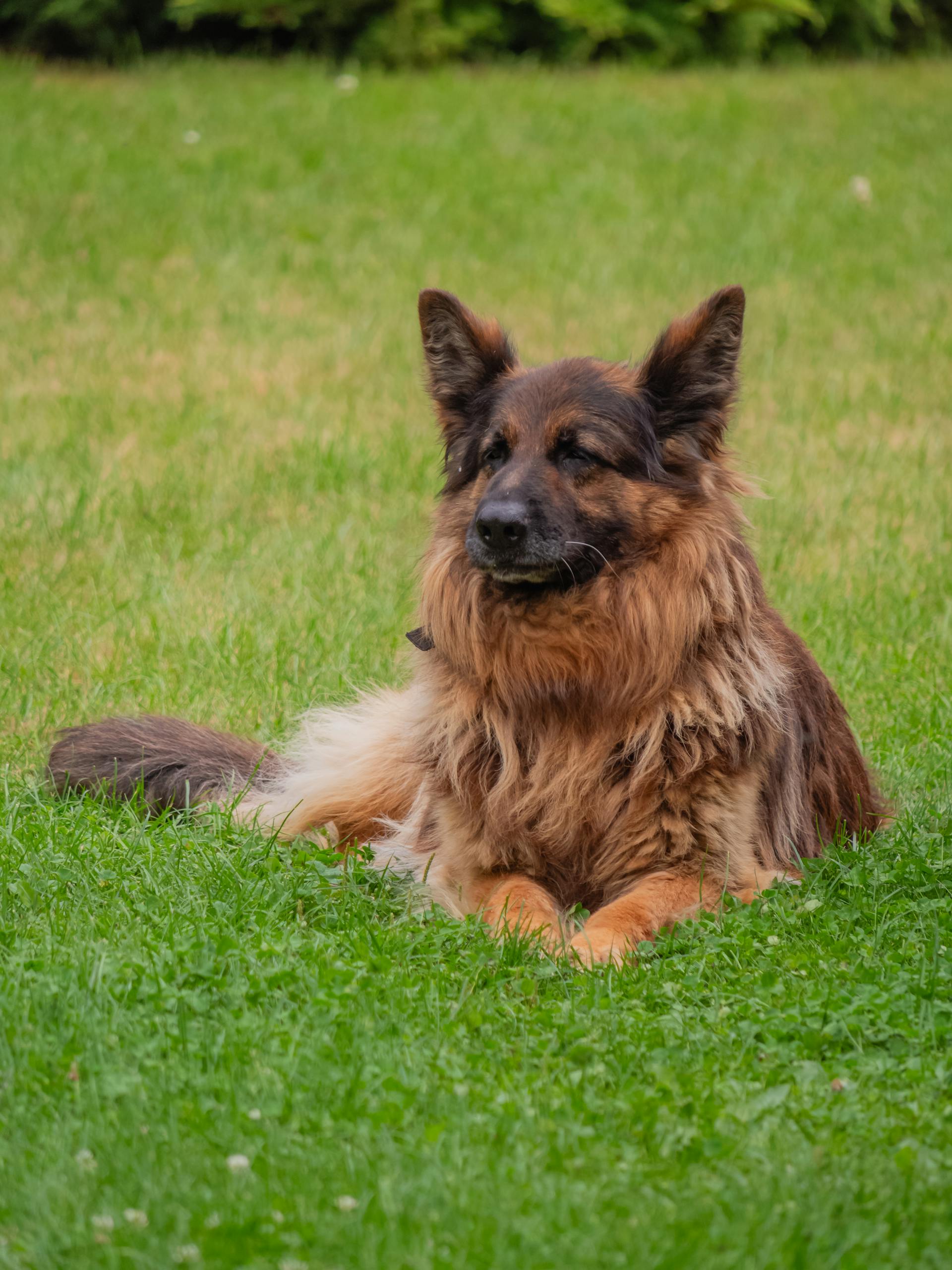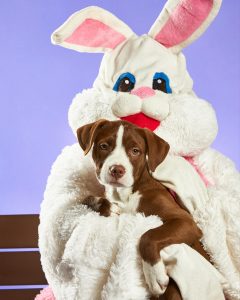Have you ever watched a Border Collie effortlessly weave through a flock of sheep, or marveled at the tenacity of a Corgi nipping at the heels of cattle? There’s an art and science to how different herding dogs work livestock.
Herding behavior is a natural instinct for dog breeds like the Border Collie, Australian Cattle Dog, Australian Shepherd, Shetland Sheepdog, Pembroke Welsch Corgi, and even German Shepherd.
These canines were bred specifically to produce dogs who are placid and non-aggressive, but at the same time, able to move herds of animals much bigger than they are.
Herding Behavior Explained
For centuries, the bond between shepherds and their dogs has shaped landscapes and livelihoods. The herding instinct, honed over generations, is a testament to the incredible ways dogs work with and for humans.
Bred to think
Most herding dogs were bred to work closely with their owners. What people love about these dog breeds is that they are highly intelligent. The Border Collie is the smartest dog in the world. These dogs often try hard to figure out what we want. It is a huge reason why they excel in many performances.
Here is a fun fact. English Shepherds were not to play flyball or run agility. They were designed to cooperate with us. But that trait helped them learn to play different sports games.
Herding dogs can think and understand independently. Because of this, they can sometimes ignore a command. Many dog owners do not understand that behavior. This is exactly why I never suggest a herding breed for a first-time owner.
Your dog is not disobedient. He is simply smarter than you and thinks he can do things better than you instruct him to do.
Types of Herding Behaviors
When people think of herding behavior, they only think of herding cattle. But there are many more herding instincts and behavior. Many owners do not even recognize these behaviors as herding instincts.
Let’s take a deeper look.
- Barking – herding breeds tend to bark when herding. While for some owners it is not a preferred behavior, it is a common one. Protective dogs also bark. With proper dog training, you can reduce the frequency of barking, and have your dog use it only when needed
- Biting – another common, yet problematic behavior. Stockdogs often have to use the power of their jaws to manage stock. Depending on the stock involved, they can use different ranges of force. Biting can be a problem when a herding dog uses to use a bite to control people. For that purpose, I recommend proper bite inhibition training
- Chasing – a natural instinct for herding dogs, they chase anything that moves and that can include animals, runners, kids, bikes, or even cars. Movement is the trigger for these animals
- Circling – the quintessential herding behavior, your herding dog will run circles when he is off-leash. Some dog breeds do it more than others
- Poking – as we will see later on, some dogs herd by poking their nose in the back of cattle. Or in this case, their owner. Herding canines use this behavior to control a situation or to make an animal move. If your puppy is doing it to you, chances are he is excited or trying to steer you in the right direction
- Shadowing – once you get a herding dog, you will never be alone. It is just a fact. Herding dogs shadow people and will follow them from one room to another and from inside to the outside and back again
- Nipping – another common behavior for herding breeds, especially Australian Cattle Dog. We call these dogs heelers because they nip at the heels of cattle to steer them,
- Walks behind – usually these dogs do not move in the classic heel position by your side. Instead, they prefer to walk just slightly behind you. This is how herding dogs work
Types of Herding Dogs and Their Style
Now let’s take a look at some of the most popular herding dogs and how their herding styles are different.
Border Collie – The Maestro of Eye Herding
Border Collies are legendary for their almost psychic connection with sheep and cattle. These intelligent dogs rely on a herding style known as eye-herding.
Their intense stare, coupled with subtle body movements and whistles from the handler, exerts a mesmerizing control over the herd. Border Collies are masters of reading animal behavior, anticipating movements, and strategically positioning themselves to guide livestock with minimal force.
They use their agility to nip at the heels of strays, nudging them back into the fold with remarkable efficiency.
Shetland Sheepdog – The Gentle Persuader
Shelties, miniature versions of the Border Collie, share a similar eye-herding approach. These fluffy herders excel at managing smaller flocks of sheep and goats.
Their herding style is known for being gentle and precise. Shelties rely on their keen intelligence and vocalizations, using barks and whistles to steer the herd in the right direction.
Due to their smaller size, they are well-suited for navigating tight spaces and maneuvering around delicate livestock.
Rough Collie – The Commanding Presence
Rough Collies, while related to Border Collies, exhibit a more driving herding style. These impressive canines utilize their commanding size and booming bark to keep livestock moving in the desired direction. Rough Collies are particularly adept at herding sheep over long distances.
They work effectively with the handler, driving the herd forward while remaining responsive to commands. Their herding style is less reliant on subtle cues and more focused on maintaining control through a powerful presence.
Pembroke Welsh Corgi – The Fearless Ankle Biter
We mentioned before that some herding breeds bite at the ankles of cattle. That is the Pembroke Welsh Corgi.
Don’t let their short stature fool you! Pembroke Welsh Corgis are feisty herders known for their herding by nipping technique.
These courageous canines strategically nip at the heels of cattle and sheep, effectively maneuvering them with surprising authority. Their low center of gravity allows them to dodge kicks and navigate between livestock with ease.
While their herding style may seem aggressive at first glance, it’s a carefully controlled method for guiding livestock, often employed with smaller animals like sheep and goats.
Australian Shepherd – The Versatile Partner
Australian Shepherds are renowned for their versatility, excelling at both eye-herding and driving. These intelligent and athletic dogs utilize their keen instincts and boundless energy to manage large flocks of sheep and cattle.
Aussies are adept at reading animal behavior and strategically positioning themselves to guide the herd. Their herding style can be a blend of subtle cues and assertive commands, depending on the situation. This adaptability makes them valuable partners for ranchers working with various livestock and terrains.
Australian Cattle Dog – The Tenacious Heeler
We said before that Blue Heeler and Red Heeler dogs nip at the heels of the cattle. This tenacious herder embodies the nipping heeling style. These tireless dogs persistently nip at the heels of cattle, constantly urging them forward.
ACDs are known for their relentless work ethic and unwavering focus. Their herding style is particularly effective with stubborn cattle breeds that require constant encouragement to move in the desired direction.
While their persistent nipping might seem harsh, it’s a carefully controlled method for maintaining control of large and powerful animals.
German Shepherd – The Imposing Commander
Nowadays, most people recognize the German Shepherd as a police dog or military dog. But this farm dog has its origin deeply rooted in herding.
German Shepherds are powerful herding dogs that excel at driving livestock. Their imposing size, deep bark, and confident demeanor command instant attention. German Shepherds effectively move cattle in the desired direction through a combination of physical presence and vocal commands.
Their intelligence and trainability make them well-suited for various herding tasks, from managing large herds to guarding livestock against predators.

